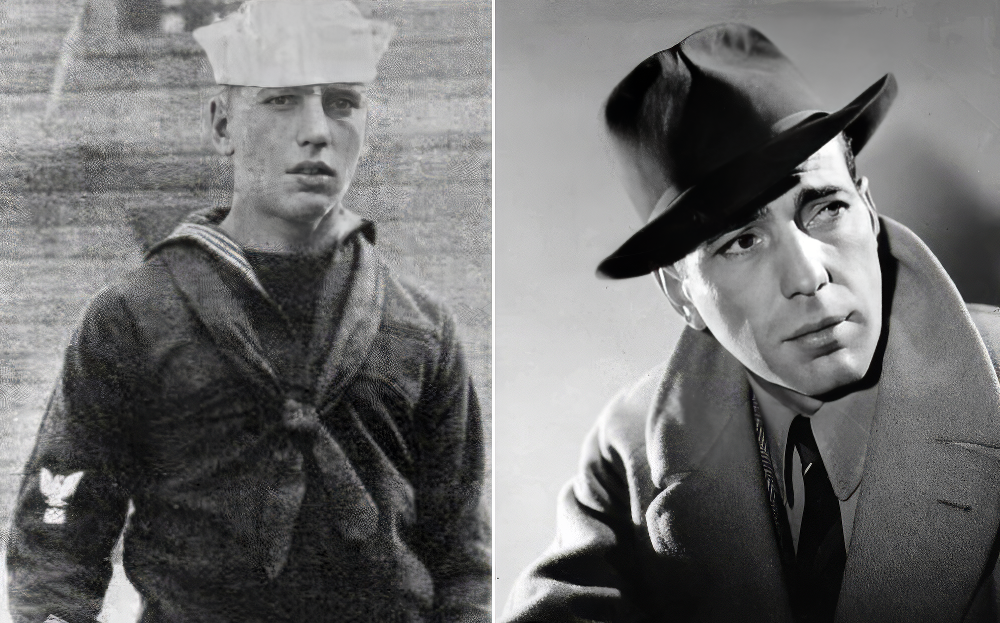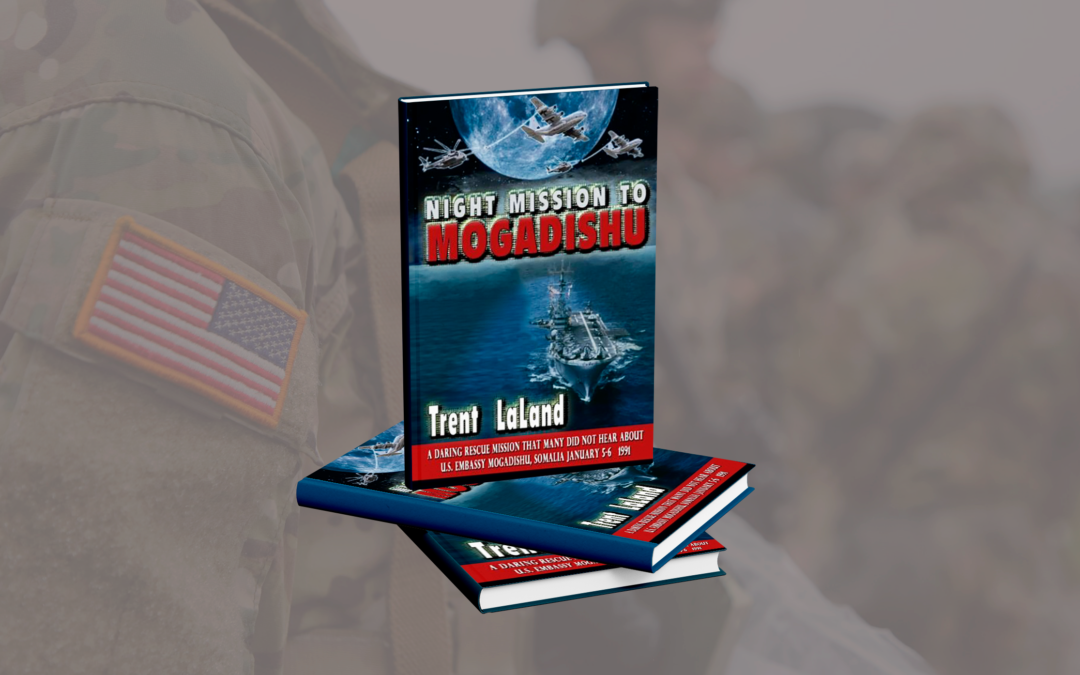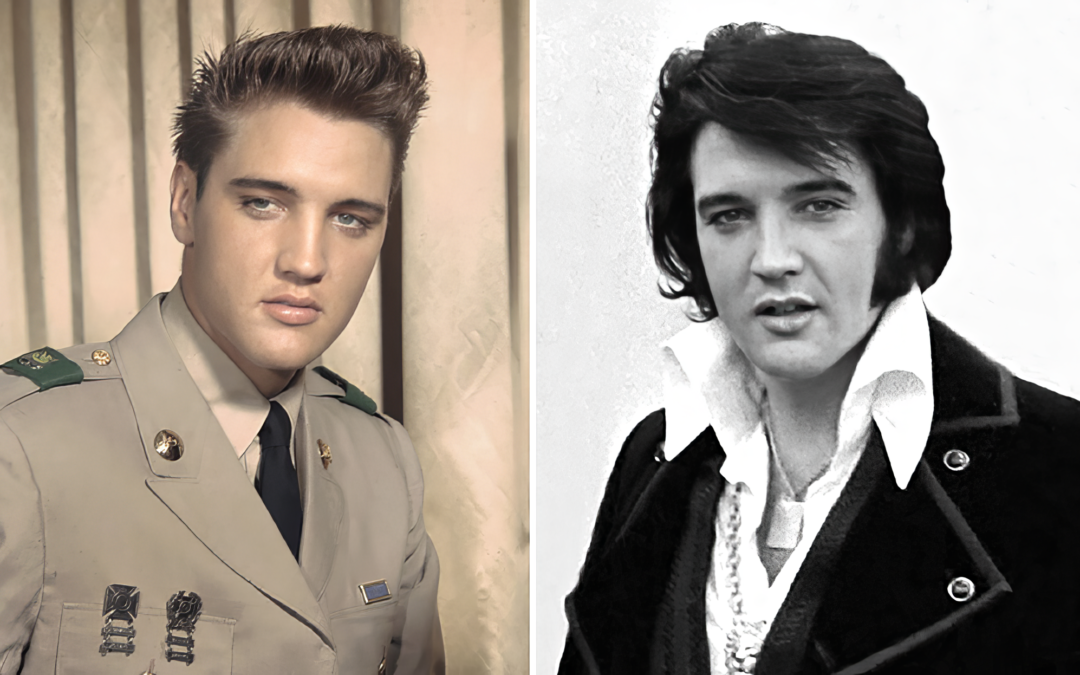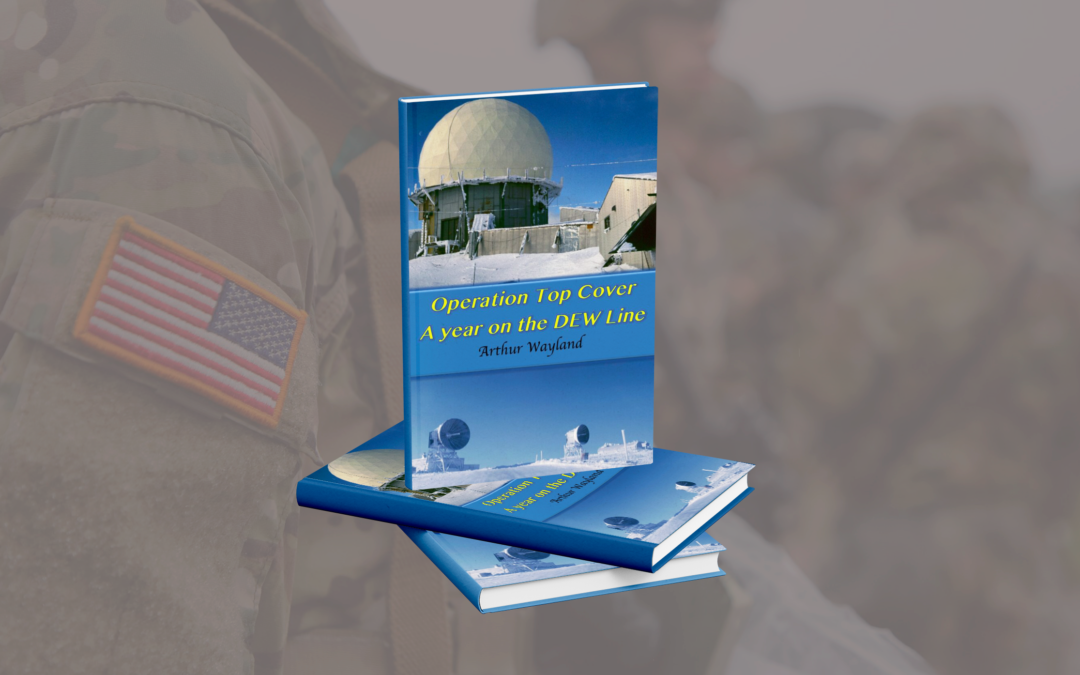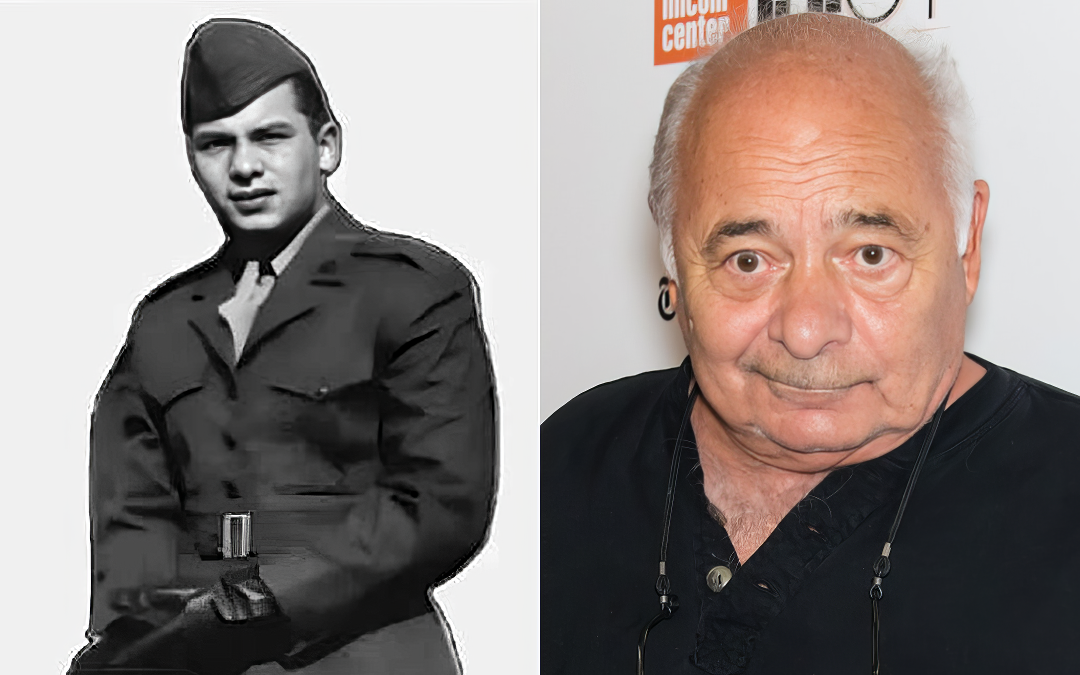As the son of a military officer who grew up in an always-moving military household, it makes total sense that Tom Williams would also grow up to be a military officer. His adoptive father was U.S. Air Force Maj. Carl Williams, but young Tom was destined for the Marine Corps and for the Vietnam War. "Doorsteps of Hell": Insight into Tom Williams' Vietnam Tour "Doorsteps of Hell" is the first book in Tom Williams' autobiographical "Heart of a Marine" series and covers his early years and his first tour in Vietnam. He pulls no punches in his thoughts or descriptions of events. The result is an honest narrative that covers not just Vietnam War combat but the trials and struggles of being an infantry Marine out in the jungle. It also details the camaraderie and leadership so central to being a Marine. Growing up as a military child, Tom traveled the world, picking up a propensity for languages and a love for military life. When Carl retired, and the family settled down in Georgia, Tom...

